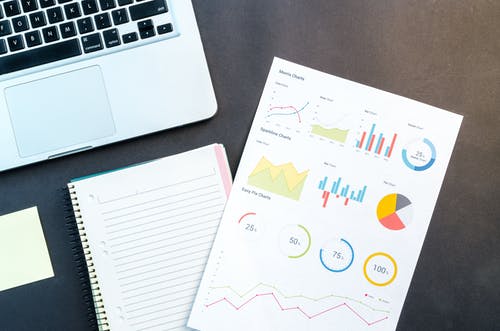Your Unique Value Proposition (UVP) is a short, but clear message to inform your customers about the uniqueness of your product, and why they are better choosing your product over others. Your UVP is not a slogan but a marketing strategy in selling your brand.
TARGET CUSTOMERS: Know your customers, your unique value proposition is speaking to your potential customers, therefore you must know who they are, their buying preferences, their goal, their challenges, fears, and how you help them solve these things. Not everyone is you customer, you should have an idea of who your ideal customer is, the age range, economic status, their preferences, these will help in crafting a statement that resonates with them.
TRACK YOUR CUSTOMER NEEDS: Customer needs changes frequently, and the way customer A interacts with your product surely differ with the way customer B interacts with your product. You have to keep track of all major ways your product is consumed. This way you can communicate the importance of your product to other potential customers. By keeping track of your customer needs you will get notified quickly of changing customer needs and apply the necessary pivot where necessary to remain relevant.
YOUR OFFERING: Know your products, its benefits, its uniqueness, and peculiarities. Craft your offering into a one or two sentence statement and know it by heart, your team must also know this statement. The statement must be direct and clear, and be on your advertisement, and wherever your potential customers can see it.
PROOF OF CONCEPT: After knowing what you offer by heart, you must be able to proof how it works, who it has worked for, and the potential benefits your customer gains from utilizing your product. If you do not have a previous customer that can serve as a relevant example, use examples from a similar industry but a different geography that such product has produced the desired result.
AVOID UNNECESSARY ADDITIONS: After getting to know the customer needs, make the important need your main selling point, this is what you advertise to the customer segment you are targeting. That is, each customer segment gets the tailored advertisement, avoid noise, when your research is perfect your customers will relate better to your product. KEEP ADVERTISING: Let me end the newsletter with the title of a movie: “Never Back Down”. You don’t stop advertising. Why? You may ask so as to keep your sales funnel full, there are over 7 billion people worldwide, there is surely someone who hasn’t heard about your product; therefore, you keep advertising.





Recent Comments